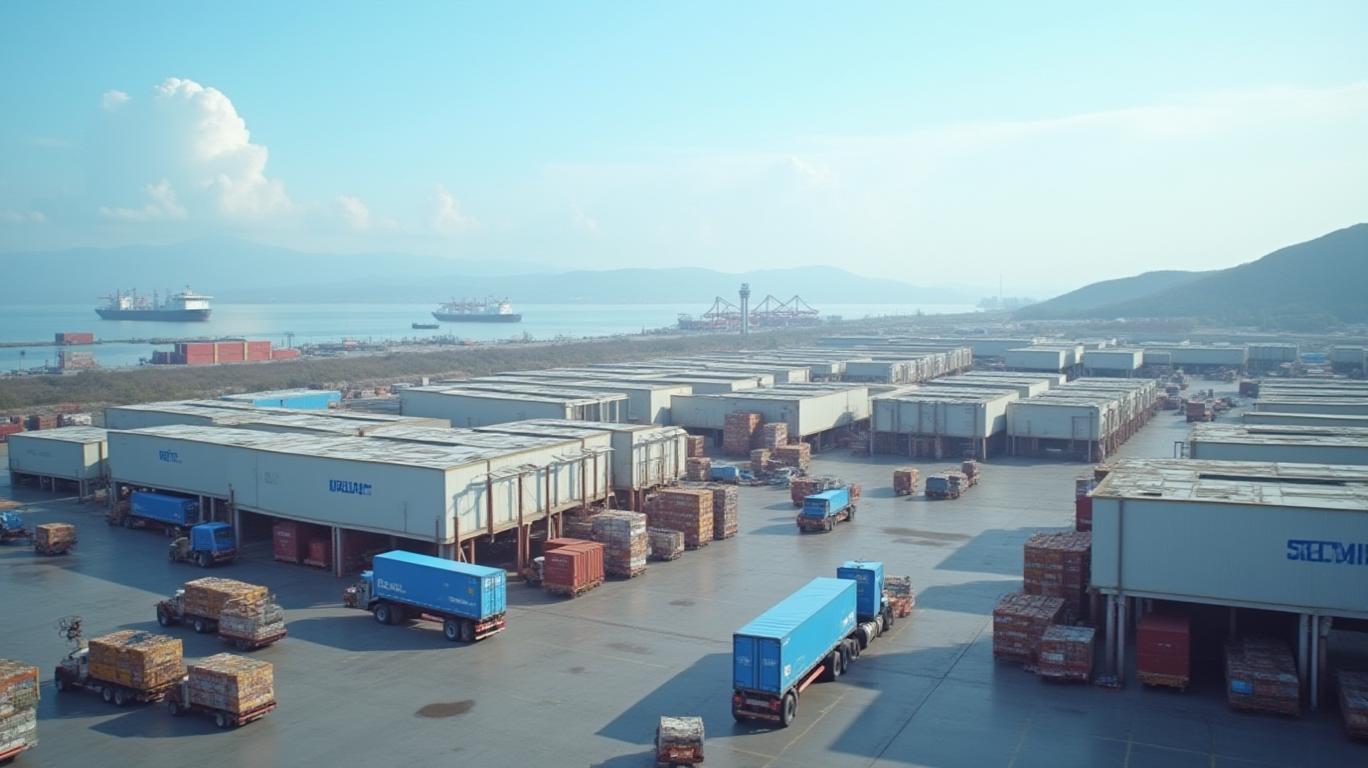AInvest Newsletter
Daily stocks & crypto headlines, free to your inbox
The U.S.-China trade deal announced on May 11, 2025, marked a fragile ceasefire in a tariff war that briefly halted $1.2 trillion in bilateral trade. But the true test of its viability lies not in diplomatic rhetoric, but in Walmart’s warehouses. The retail giant’s decision to absorb $2 billion in tariffs to preserve its China supply chain has become a barometer of global trade stability—and a high-stakes gamble for investors.

The Trade Deal’s Flawed Foundation
The May 11 agreement suspended 145% U.S. tariffs on Chinese goods and 125% retaliatory duties, but omitted concrete enforcement mechanisms or timelines for structural reforms. Analysts noted the deal’s vagueness, with Treasury Secretary Scott Bessent admitting only “substantial progress” in talks. For
Walmart’s strategy diverged sharply from competitors. While U.S. retailers slashed Chinese imports by 40%, Walmart instructed suppliers in Jiangsu and Zhejiang provinces to resume shipments. To offset costs, it shifted to Free On Board (FOB) terms, transferring tariff responsibility to importers, and stockpiled inventory to avoid just-in-time supply chain disruptions. The move paid dividends:
- China’s one-hour delivery orders surged to 55 million during Lunar New Year (a 40% increase).
- Sam’s Club China added 25% more members, driven by premium services.
But the gamble carries risks. Beijing’s restrictions on critical materials like lithium and rare earths, combined with a manufacturing PMI contraction to 49 in April—the first dip below 50 since 2012—highlight China’s economic fragility. A 10% drop in Chinese exports to the U.S. could cost Beijing $60 billion annually, deepening its slowdown.
The Numbers Behind the Gamble
Walmart’s Q1 2025 results revealed both resilience and vulnerability. By absorbing tariffs instead of raising prices, the company avoided immediate consumer backlash but faced margin pressure:
- Its international segment grew 10.7% (constant currency), driven by China.
- Inventory levels rose 8% year-over-year to buffer against supply chain shocks.
Yet Walmart’s stock fell 2.6% on May 12, reflecting investor anxiety over unresolved tariff risks. Analysts estimate that even a temporary tariff reduction to 80% could boost gross margins by 1–2%, based on 2024 cost data. However, CEO Doug McMillon warned that two-thirds of U.S. sales rely on domestic suppliers, with critical goods still tied to China and Mexico.
The Nearshoring Dilemma
Walmart’s $350 billion U.S. manufacturing pledge and USMCA-driven supplier shifts to Mexico could mitigate China’s dominance, but geopolitical headwinds loom. Rising U.S. tariffs on Mexican imports threaten to undercut this strategy, while Beijing’s lithium export controls complicate EV supply chains.
The company’s GenAI investments—used for fashion trend analysis and custom AI chips—highlight its tech-driven adaptation. Yet these innovations cannot offset the $100 million annual tariff jump Learning Resources Inc. faced, forcing production cancellations and lawsuits.
Conclusion: A Balancing Act with High Stakes
Walmart’s tariff gambit underscores a broader truth: the U.S.-China trade deal’s success hinges on Walmart’s ability to navigate supply chain costs, logistical shifts, and geopolitical volatility. Investors should monitor three key metrics:
1. Inventory levels: A rise above 10% YoY may signal overstocking risks.
2. Supplier diversification: A drop in Chinese imports below 20% could indicate nearshoring success.
3. Margin trends: Even a 1% gross margin boost from tariff relief could add $1 billion in annual profits.
For now, Walmart’s bet on China reflects a calculated trade-off: short-term margin pressure for long-term market share. But with Goldman Sachs warning of 10–20 million Chinese jobs at risk and the trade deal’s terms still vague, the next 12 months could determine whether this gamble pays off—or backfires spectacularly.
Tracking the pulse of global finance, one headline at a time.

Dec.20 2025

Dec.20 2025

Dec.20 2025

Dec.20 2025

Dec.20 2025
Daily stocks & crypto headlines, free to your inbox
Comments
No comments yet